Pharmacokinetics and clinical efficacy of Acetaminophen (Paracetamol) in adult horses with mechanically induced lameness
Background: Acetaminophen has been used clinically in horses alone or combined with traditional NSAIDs for treatment of musculoskeletal pain in horses.
Objectives: To determine the pharmacokinetics and efficacy of acetaminophen at two doses in horses with mechanically induced lameness compared to phenylbutazone or placebo control.
Study design: In vivo experiment.
Methods: Nine healthy mares with mechanical lameness induced via a reversible sole pressure horseshoe model were treated with acetaminophen (20 mg/kg PO; A20), acetaminophen (30 mg/kg PO; A30), phenylbutazone (2.2 mg/kg, PO; PB) and oral placebo (C) in a randomised 4-way Latin square model. Plasma concentrations for A20 and A30 were analysed via LC-MS/MS and noncompartmental pharmacokinetic analysis. Heart rate and heart rate variability were measured using a portable telemetry. Lameness was scored by three blinded boarded equine surgeons using the AAEP and 10-point scales.
Results: Mean maximum plasma concentration (Cmax ) for A20 was 20.01 ug/mL within 0.66h (Tmax ) after administration; The mean Cmax for A30 was 30.02 ug/mL with a Tmax of 0.43 h. Post-treatment heart rate for A30 was significantly lower than A20 at 1 and 7 h; lower than PB at 2, 3, 4.5, and 7 h; lower than C at 2, 3.5, 4.5, 6, 7, and 8 h. 10-point Lameness scores were significantly improved for A30 than C at 2 and 4 h post-treatment; PB was significantly improved than C at 8 h post treatment. There were no significant differences in lameness between A20, A30, and PB.
Main limitations: Small sample size, lack of objective lameness measurement.
Conclusions: Acetaminophen at 30 mg/kg produced a more rapid improvement in lameness scores and heart rate compared to other treatments in this model. Further evaluation of the pharmacokinetics and safety of repeated oral dosing of acetaminophen at 30 mg/kg is needed to determine clinical utility.
“Pharmacokinetics and clinical efficacy of Acetaminophen (Paracetamol) in adult horses with mechanically induced lameness” Melissa A Mercer, et al. Equine Vet J. 2022 May 28. doi: 10.1111/evj.13601.


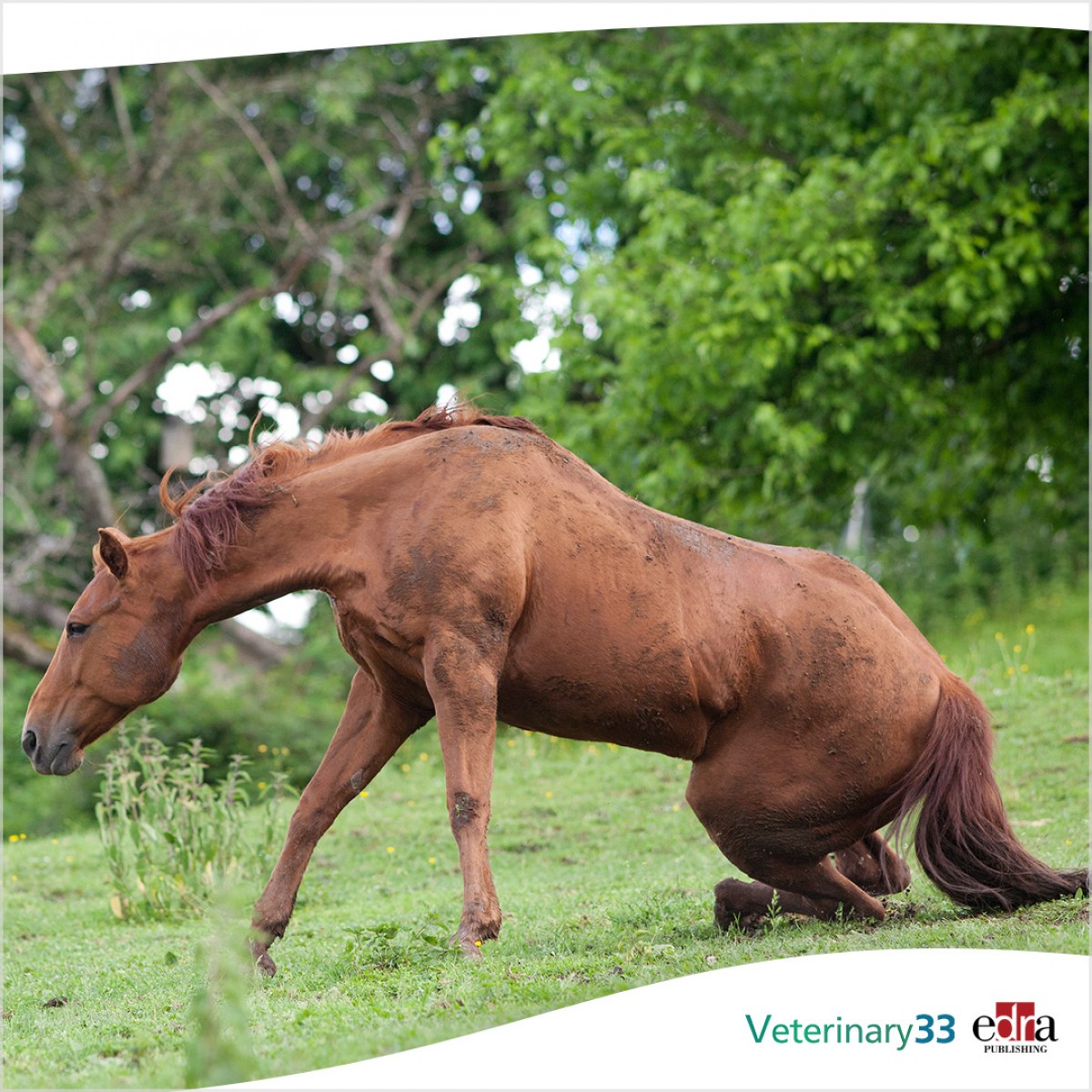
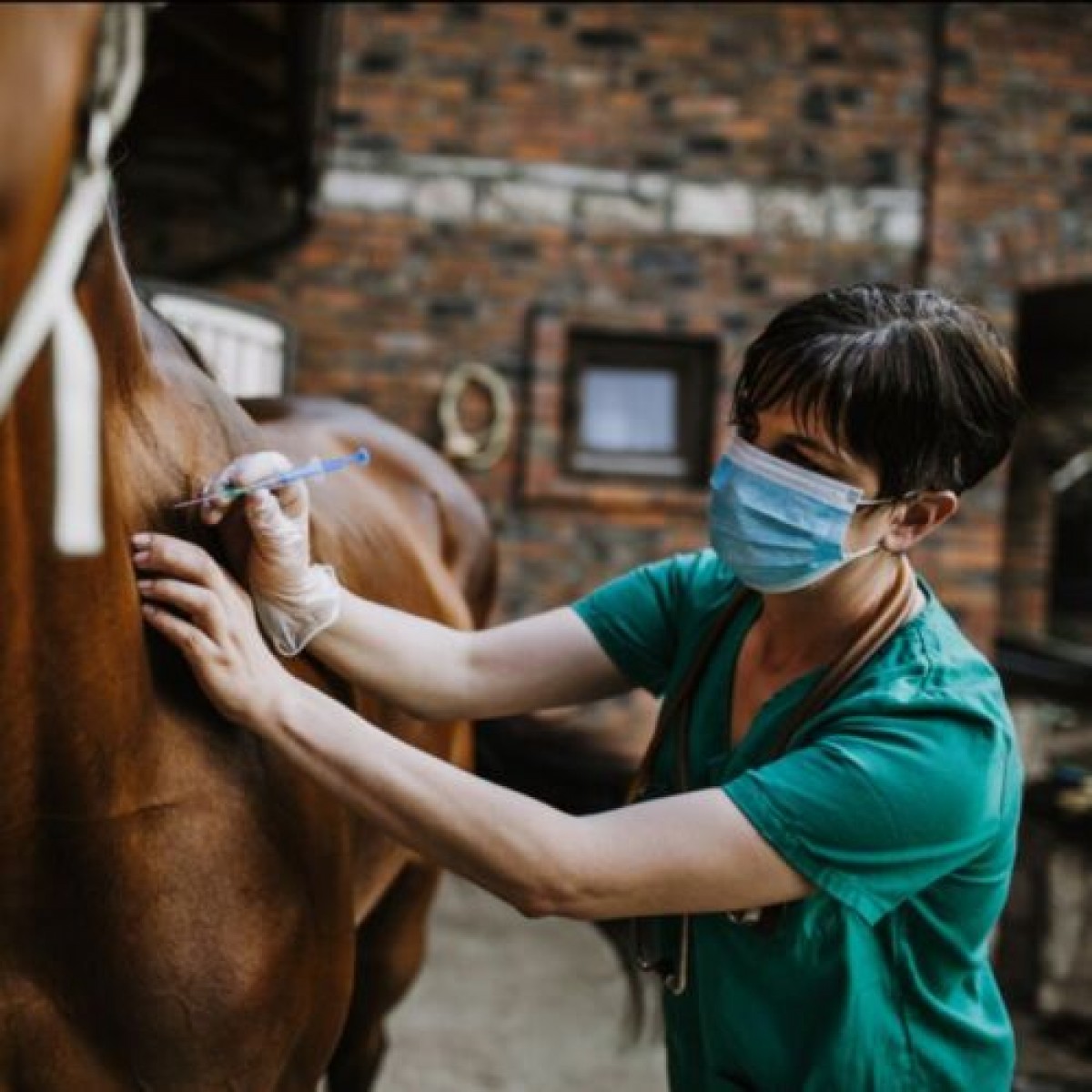




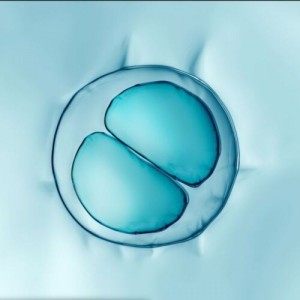
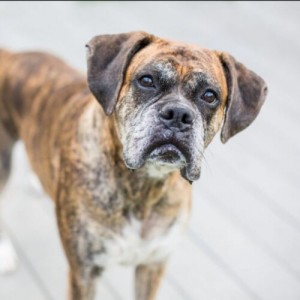
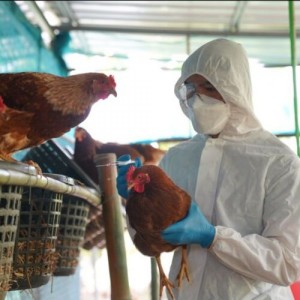
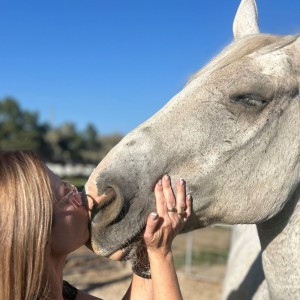
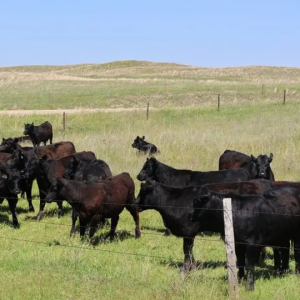

List
Add
Please enter a comment